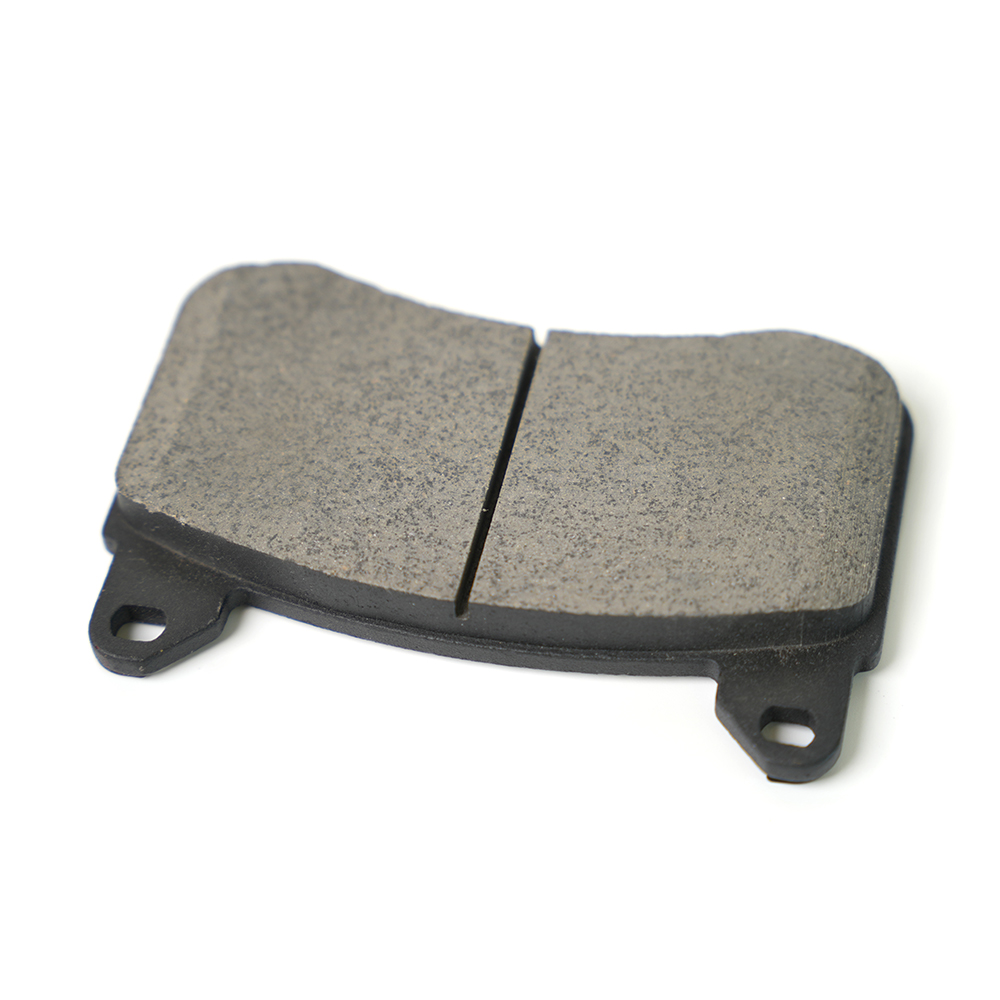For professional buyers and international distributors, sourcing brake pads isn’t just about product performance—it’s about regulatory compliance, certification, and long-term reliability. With the rise of copper-free and environmentally conscious materials, NAO Ceramic Brake Pads have gained attention not only for their clean braking characteristics but also for their ability to meet increasingly strict global standards. However, for B2B procurement teams, understanding the full landscape of testing methods and certification systems is essential to avoid supply chain risks and to ensure products meet the legal and technical requirements of target markets.
Brake pad standards vary significantly across regions. In the European Union, ECE R90 is the most recognized regulation governing replacement brake components. This certification ensures that pads sold in the aftermarket perform similarly to original equipment parts in terms of braking distance and stability. NAO ceramic formulations that pass R90 testing demonstrate consistent friction values, thermal resistance, and structural integrity under pressure. For exporters, especially those targeting the EU market, having this certification on product documentation is not optional—it’s mandatory for road legality and market entry.
In North America, Federal Motor Vehicle Safety Standard (FMVSS) 135 and various state-level environmental regulations come into play. California and Washington, for example, have led the charge in limiting copper content, prompting the adoption of “Level N” and “Level A” designations under the Better Brakes Law. NAO Ceramic Brake Pads that comply with these requirements often bear specific markings or registration codes, allowing buyers to track conformance at the point of inspection. For B2B transactions, this level of transparency supports trust and avoids delays in customs clearance or end-user rejection.
A common issue in global sourcing is the lack of clarity about what “compliance” really means. Many suppliers claim their products are “R90-like” or “tested to FMVSS specs,” but without formal certification or lab documentation, these phrases carry little legal weight. As a brake pad manufacturer, we encourage buyers to always request full test reports, manufacturing batch data, and certifications from an accredited testing authority. For NAO ceramic products, key test results should include coefficient of friction stability, pad wear values, and fade resistance—metrics that demonstrate the pad's performance under varied conditions.

Counterfeit certification and gray-market labeling can also pose risks, particularly in fast-moving or cost-sensitive markets. A product that appears to meet local standards may still fail during performance audits or safety inspections, exposing the importer to legal liability or product recalls. This is especially critical in regions where automotive safety is closely monitored by transport authorities. Choosing verified NAO Ceramic Brake Pads from a trusted manufacturer minimizes this risk and helps maintain a brand’s credibility in highly competitive distribution channels.
For wholesalers and fleet operators, certification isn’t just a regulatory concern—it’s also a selling point. Demonstrating that a brake pad meets high industry standards can help close deals faster, support tenders for public procurement, or satisfy the due diligence processes of corporate buyers. When dealing with ceramic brake pads, especially NAO-based ones that are copper-free and disc-friendly, certification adds measurable value to the purchase by reinforcing claims of safety, performance, and environmental responsibility.
In today’s global automotive parts market, compliance is as critical as quality. With the growing shift toward cleaner, safer, and smarter materials, NAO Ceramic Brake Pads offer a unique combination of regulatory alignment and technical capability. As a manufacturer focused on delivering both certified performance and dependable supply, we understand what buyers need to succeed—clear documentation, tested reliability, and products that meet both market and legal expectations. Choosing the right partner in this space isn’t just about cost—it’s about confidence.